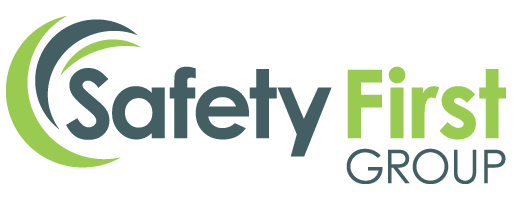MPs have called for more to be done in monitoring silica dust exposure at work. Labelled a ‘matter of urgency’, it is now one of the biggest health risks to construction workers since asbestos.
Silica dust exposure remains high on the agenda for industry bodies such as the HSE, and the BOHS. They campaign regularly to warn against the dangers of dust inhalation and other relevant topics.
Silica dust exposure and Silicosis
Long term silica dust exposure can cause a respiratory disease called Silicosis. This happens when large amounts of crystalline silica dust is inhaled over many years. Largely contributed to the respirable crystalline silica dust. Silica dust is created when bricks or stone are cut, or drilled into. Making those employees working with these materials, very high-risk.
In the UK, as estimated 600,000 workers are said to be exposed to silica dust annually. Worryingly around 81% of those workers are in either the construction or manufacturing industry. This means that both industries need to take immediate action to safeguard employees from the dangers of silica dust. Silicosis is entirely preventable with the correct controls and measures.
Monitoring silica dust exposure
In 2020, the All-Party Parliamentary Group (APPG) for Respiratory Health produced recommendations aimed at reducing cases of silicosis. A follow up report in 2023 looks further into the strategies needed to decrease both the exposure to, and the effects of inhaling silica dust.
In the report, the APPG urges the HSE (Health and Safety Executive) to take ‘active steps’ to ensure they look into ways to monitor silica dust exposure as a matter of urgency’.
There are a number of ways to help reduce silica dust. However, this depends on the industry and the source of exposure. Overall, we could be looking at exposure monitoring, COSHH, or maintenance of local exhaust ventilation systems. These could all be useful methods to reduce airborne contaminants and risk to employees. But how do businesses seek to identify the correct methods? Third party service providers like Safety First Group are on hand to offer help and advise.
Silicosis is preventable
The HSE has stated that silicosis is entirely preventable with the right exposure monitoring and proper methods in place to reduce harm from exposure to silica dust. For this reason, the APPG has asked the HSE to consider an urgent campaign, and even called on the Department for Education (DfE) to look at how silica dust exposure is being taught in relevant courses. This is aimed at reducing the burden on NHS services, as well as helping to save lives.
To check that businesses comply with recommendations around silica dust exposure and other risks to employee health, the HSE regularly visits sites. And, like any other breaches, they will undoubtedly come down heavy on anyone who is negligent in their responsibilities around silica dust exposure.
Reducing harm caused by Silica dust exposure
Last year, we released an article on how workplace guidance on silica dust had changed. Let’s look at some of the ways we know that are critical in managing silica, and other dust exposure in the workplace.
- Occupational Exposure Monitoring – This can be key in understanding how much of a risk is present in the workplace. It will help identify any other harmful particles as well as silica, to provide a belts and braces approach to safeguarding high-risk workers.
- COSHH Risk Assessment – The Control of Substances Hazardous to Health regulations require employers to be aware of, and manage exposure to harmful substances. This can include dust, gases, chemicals and other contaminants that may cause harm or injury to employees.
- LEV inspections – Industrial ventilation systems need servicing from time to time, largely due to natural decline. Testing whether systems are still working properly is crucial in helping reduce the risks of harmful airborne contaminants
- Occupational Health Surveillance – This helps companies keep up with the overall health of high-risk employees so that they can take action if their health begins to decline.
Ready to get started?
More information on any of our services can be found here. Alternatively our experienced technicians are available on 0845 004 2133 or enquiries@safetyfirstgroup.co.uk.
